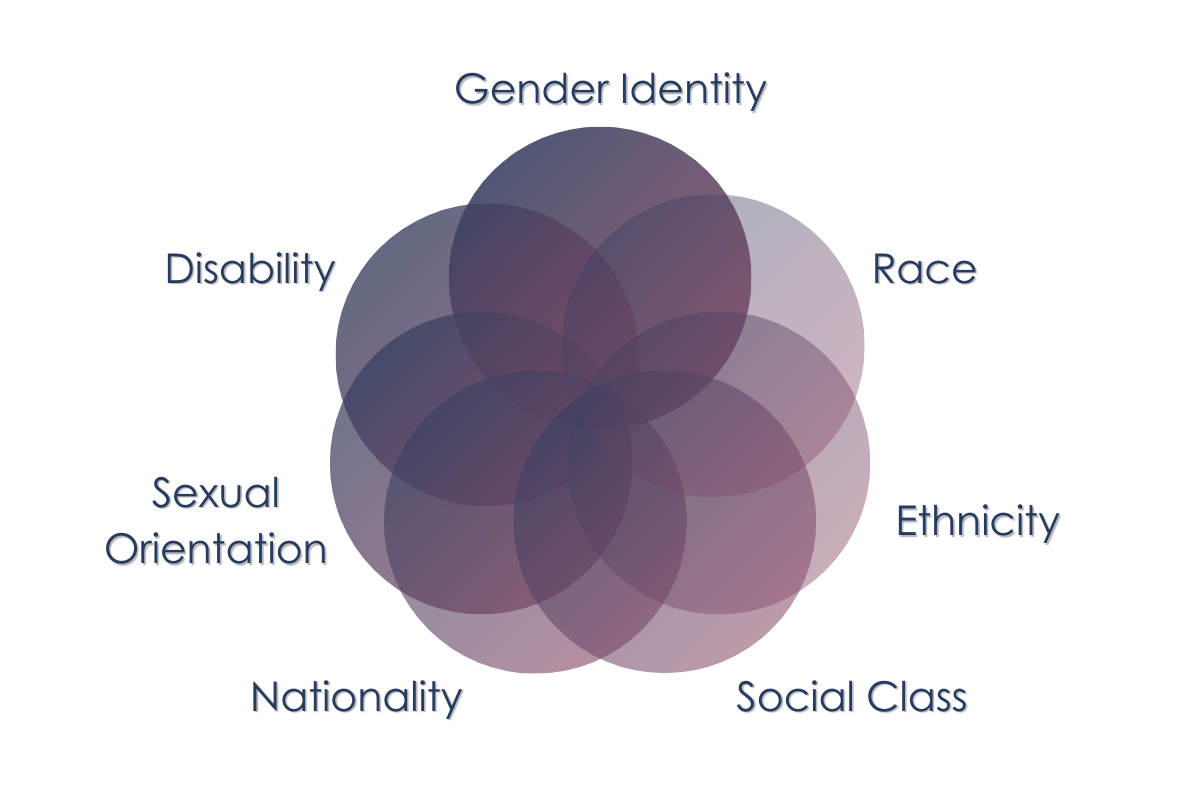There is no doubt that the #MeToo movement has transformed the culture beneath the laws of sexual violence. This online phenomenon has provided many women with an accessible outlet to share their personal experiences regarding sexual assault and violence. Not only has this unified women’s voices but has revealed crucial information about the nature of violence against women. While it is true that women all around the world experience sexual violence, it is critical to understand that not all women are equally likely to experience violence at the same rates. BIPOC communities experience greater rates of violence and challenges unique to their own circumstances. This is where it becomes important to take an intersectional approach in understanding how violence differs for women across various communities. Intersectionality essentially highlights “how interactions between different aspects of a person’s identity and social location, including age, race, ethnicity, can leave some people more vulnerable to experiencing sexual violence than others”. This lens offers a thorough understanding of why Indigenous women experience higher rates of violence in comparison to other groups of women.

Indigenous women are three times more likely to experience assault than non-Indigenous women. Among non-spousal violent incidents, 76% were not reported to police. Shocked? Surprised? You should be. Historical trauma caused by residential schools continues to diminish the perspectives of Indigenous women. Government officials making problematic remarks regarding the status of Indigenous women and sexually exploiting them has also contributed to their vulnerabilities of higher rates of sexual violence. So, you might ask, why don’t they just go to the police? Isn’t that a simple solution? Sadly, that may be a last resort for some of these women. Some Indigenous communities have tense relationships with law enforcement, including police officers which make reporting crimes of sexual violence difficult . The lack of support and fear of being shamed also prevents them from speaking to authorities. Moreover, since most sexual violence experienced by Indigenous women tends to be committed by individuals from non-Indigenous communities, these women fear they won’t be heard or worse, have their experiences undermined by these officers.
Sexual violence against Indigenous women is essentially positioned at the crossroad of sexual discrimination and racism. An additional roadblock they experience is the lack of federal funding and support provided on reserves, making the reporting process far more difficult and inaccessible. There are fewer resources for them to utilize including, sexual assault forensic tests. The DNA that is received from these tests is crucial to catching the individual committing the crime. However, some of the women may not even have the chance to use this kit if no one is able to provide this resource to them. Police training and education is crucial to ensure rates of violence decrease for these communities. On top of that, unheard voices need to be heard and validated.
We have come a long way. Feminists and feminism are smashing the patriarchy and breaking glass ceilings. However, our work is not yet done. There are still substantial differences across lack of reporting of ethnic groups in sexual assault cases and we must be vigilant to address these issues and redirect federally funded resources to increase accessibility.
Sources:
- https://www.canadianwomen.org/wp-content/uploads/2017/09/Facts-About-Sexual-Assault-and-Harassment.pdf
- https://cfc-swc.gc.ca/svawc-vcsfc/index-en.html
- https://wp.nyu.edu/steinhardt-appsych_opus/ethnic-differences-in-the-experiences-of-sexual-assault-victims/
- https://www.rainn.org/news/barriers-reporting-indigenous-communities
- https://www150.statcan.gc.ca/n1/pub/85-002-x/2011001/article/11439-eng.htm

Written by: Shreeya Devnani
Legal Disclaimer:
Our website provides general information that is intended, but not guaranteed, to be correct and up-to-date. The information is not presented as a source of legal advice. You should not rely, for legal advice, on statements or representations made within the website or by any externally referenced Internet sites. If you need legal advice upon which you intend to rely in the course of your legal affairs, consult a competent, independent attorney. Vesta Social Innovation Technologies does not assume any responsibility for actions or non-actions taken by people who have visited this site, and no one shall be entitled to a claim for detrimental reliance on any information provided or expressed.
